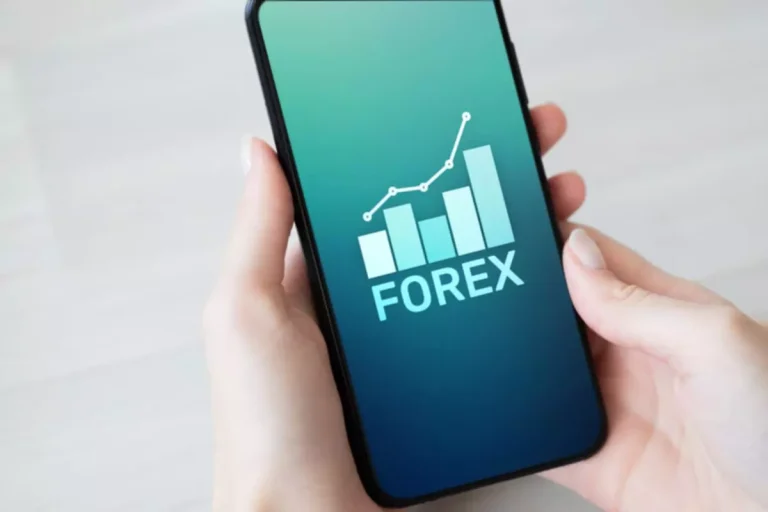Generally speaking, the goal of active managers is to “beat the market,” or outperform certain standard benchmarks. For example, if you’re an active US equity investor, your goal may be to achieve better returns than the S&P 500 or Russell 3000. The fund company pays managers and analysts big money to try to beat the market.
Contrary to active investing, passive investing involves a long-term approach to holding investments. While passive investing can be used in any financial instrument, the most common passive investing method is an index. Passive investors usually buy an index fund to avoid constant analysis of individual assets. The investment strategy aims to generate Active vs passive investing stable index returns instead of outperforming the index. In an ETF, the fund tracks the index’s movement set by NSE or BSE, where the investor has nothing to do with what goes in and out. By investing in an index or benchmark, the investors hold the investment for a long duration without tempting to anticipate or react to the market’s moves.
Return and principal value of investments will fluctuate and, when redeemed, may be worth more or less than their original cost. There is no guarantee that past performance or information relating to return, volatility, style reliability and other attributes will be predictive of future results. Morgan Stanley Wealth Management is the trade name of Morgan Stanley Smith Barney LLC, a registered broker-dealer in the United States. Bankrate.com is an independent, advertising-supported publisher and comparison service.
However, investors should look for funds that consistently perform in the top quartile against their peers over three years or more, rather than falling into the trap of investing in ‘last year’s winners’. First, we provide paid placements to advertisers to present their offers. The payments we receive for those placements affects how and where advertisers’ offers appear on the site. This site does not include all companies or products available within the market.
Any historical returns, expected returns, or probability projections are hypothetical in nature and may not reflect actual future performance. Account holdings and other information provided are for illustrative purposes only and are not to be considered investment recommendations. The content on this website is for informational purposes only and does not constitute a comprehensive description of Titan’s investment advisory services. As its name implies, this type of investing requires an active approach from investors. Active investing involves frequently buying and selling stocks in an attempt to beat the market. This is also known as “timing the market.” If successful, investors are able to generate greater growth than the market, over a given period of time.
By strategically weighing a portfolio more towards individual equities (or industries/sectors) – while managing risk – an active manager seeks to outperform the broader market. Active vs Passive Investing is a long-standing debate within the investment community, with the central question being whether the returns from active management justify a higher fee structure. But in certain niche markets, he adds, like emerging-market and small-company stocks, where assets are less liquid and fewer people are watching, it is possible for an active manager to spot diamonds in the rough. Passive funds, also known as passive index funds, are structured to replicate a given index in the composition of securities and are meant to match the performance of the index they track, no more and no less.
However, there are some advantages and disadvantages of both types of investing. Passive investments generally don’t outperform the market, but rather, perform in line with the market. This means that when the stock index the fund is tracking has a difficult year, your portfolio does too. Active investing puts more capital towards certain individual stocks and industries, whereas index investing attempts to match the performance of an underlying benchmark. Perhaps the easiest way to start investing passively is through a robo-advisor, which automates the process based on your investing goals, time horizon and other personal factors.
- This is, thus, a more cost-effective way to invest and avoids short-term temptations or setbacks in price.
- That means they get all the upside when a particular index is rising.
- Many of these funds invest in small and mid-cap companies, where there’s more opportunity for stock-picking and the potential for higher returns.
- Active investing is what live portfolio managers do; they analyze and then select investments based on their growth potential.
- Many investment advisors believe the best strategy is a blend of active and passive styles.
If your home is super energy efficient and it has solar panels, you could pay virtually nothing to the power company or live completely off the grid. The passive-house building standard relies on lots of insulation and intentional design to use as little energy as possible. The most important thing is to take action and start creating multiple sources of income today. The sooner you start, the sooner you will be able to achieve your financial goals. ✝ To check the rates and terms you qualify for, SoFi conducts a soft credit pull that will not affect your credit score. However, if you choose a product and continue your application, we will request your full credit report from one or more consumer reporting agencies, which is considered a hard credit pull and may affect your credit.
Before investing, your individual circumstances should be considered, and you may need to seek independent financial advice. You could also avoid treating the active vs. passive investing debate as a forced dichotomy and select the best funds in either category that suit your goals. • Because passive funds use an algorithm to track an existing index, there is no opportunity for a live manager to intervene and make a better or more nimble choice. • A professional manager may create more churn in an actively managed fund, which could lead to higher capital gains tax. Active funds have more of a role to play in other sectors, particularly in the UK and emerging markets.

Morgan Stanley Wealth Management recommends that investors independently evaluate specific investments and strategies, and encourages investors to seek the advice of a financial advisor. Certain information contained herein may constitute forward-looking statements. Estimates of future performance are based on assumptions that may not be realized. Actual events may differ from those assumed and changes to any assumptions may have a material impact on any projections or estimates. Other events not taken into account may occur and may significantly affect the projections or estimates.
You can choose to buy and hold a certain percentage of index funds and a few actively traded stocks in your portfolio to benefit from both approaches. Clearly it isn’t always possible to pick the best-performing fund, but active funds have the potential to deliver far higher returns to investors. That said, not all active funds justify their higher management fee in terms of outperforming passive funds, particularly in certain sectors. Active investing involves taking a hands-on approach by a portfolio manager or some other market participant who makes decisions about where to invest the money in the fund. Active management aims to outperform indices like the S&P 500 or whatever other benchmark is used by the fund.

You get most of the advantages of the passive approach with some stimulation from the active approach. You’ll end up spending more time actively investing, but you won’t have to spend that much more time. The investment information provided in this table is for informational and general educational purposes only and should not be construed as investment or financial advice. Bankrate does not offer advisory or brokerage services, nor does it provide individualized recommendations or personalized investment advice. Investment decisions should be based on an evaluation of your own personal financial situation, needs, risk tolerance and investment objectives.
A passively managed fund, on the other hand, doesn’t try to beat the market. Managers of passive funds, such as index funds or exchange-traded funds (ETFs), simply want to match the performance of a specific index. For this reason, passive funds can mirror the ROI of the index markets they follow, but they’ll never surpass it. https://www.xcritical.in/ is an ongoing debate for many investors who can see the advantages and disadvantages of both strategies.
